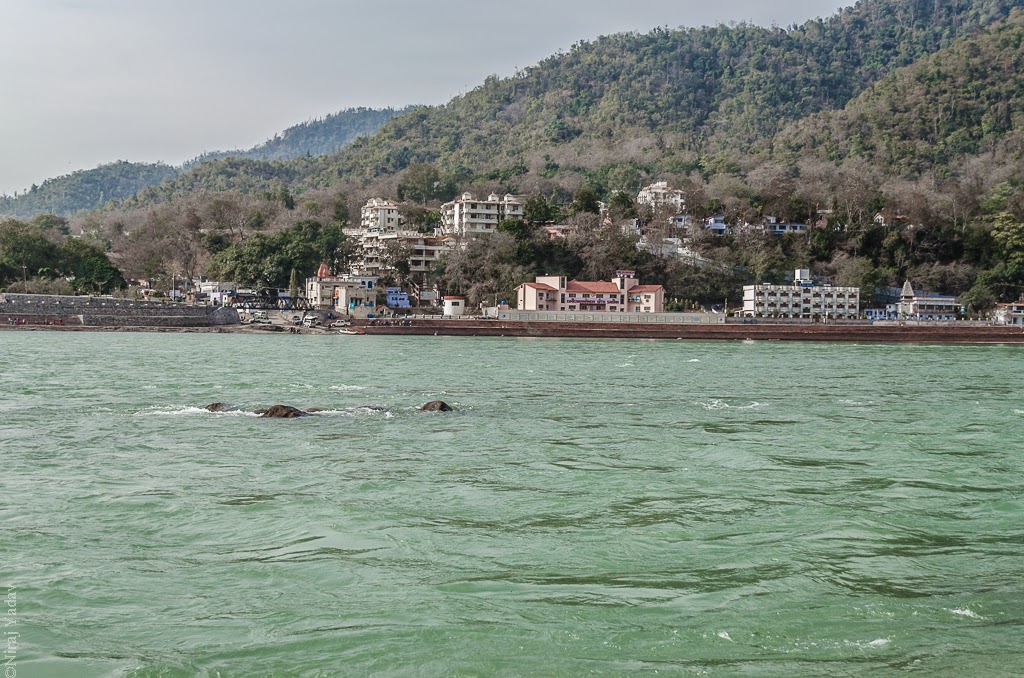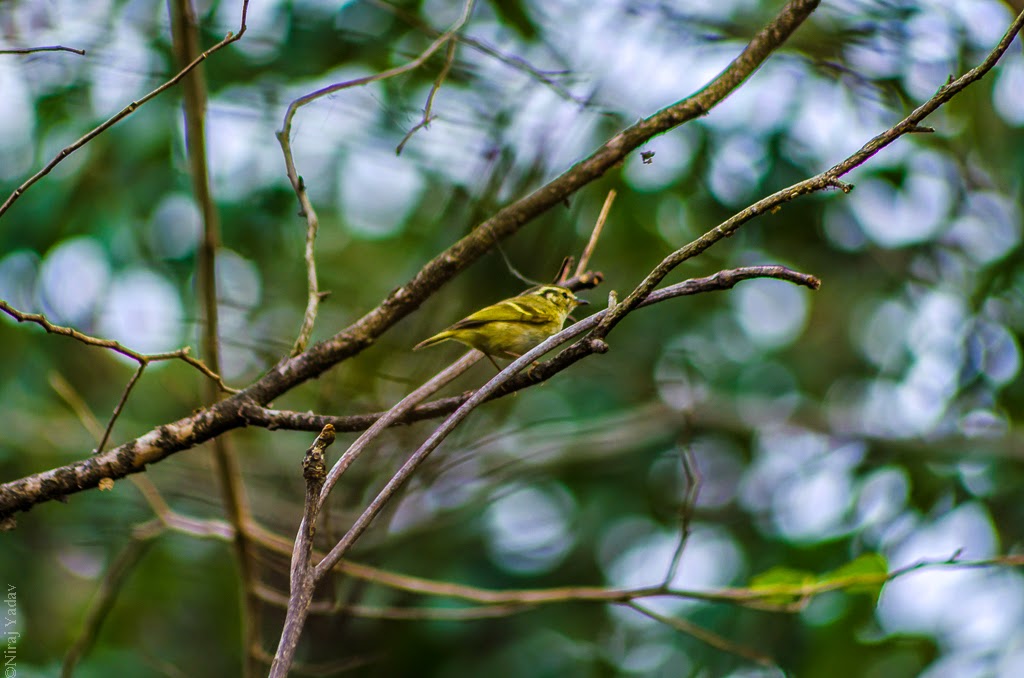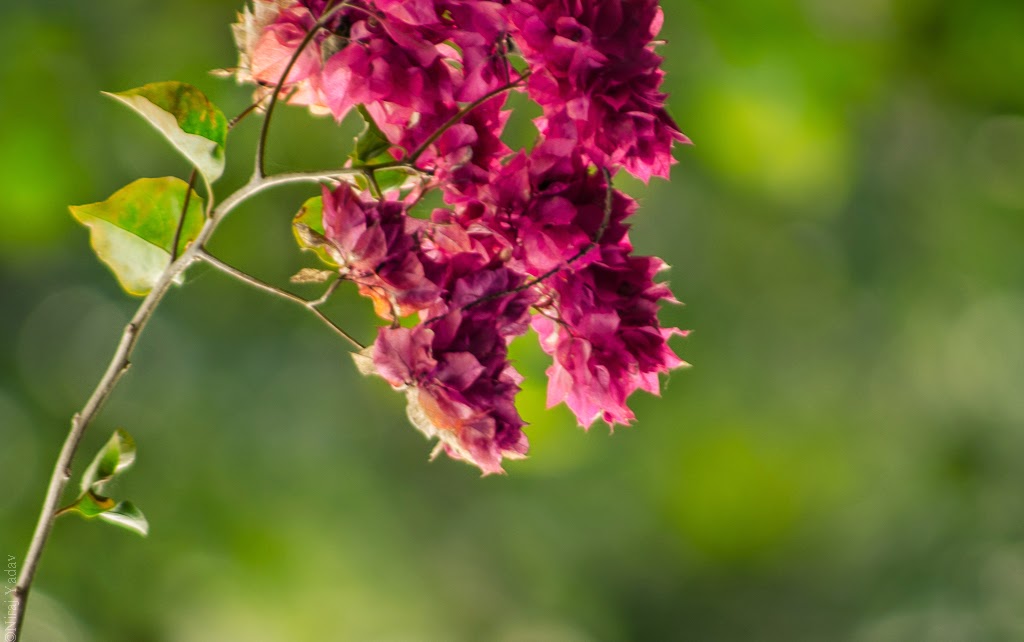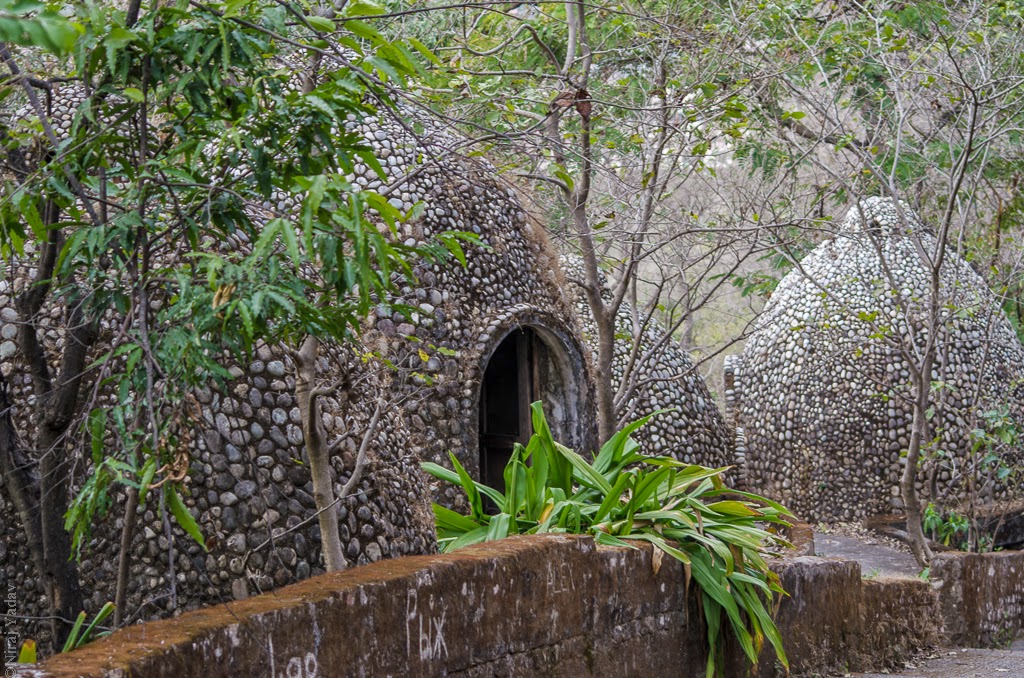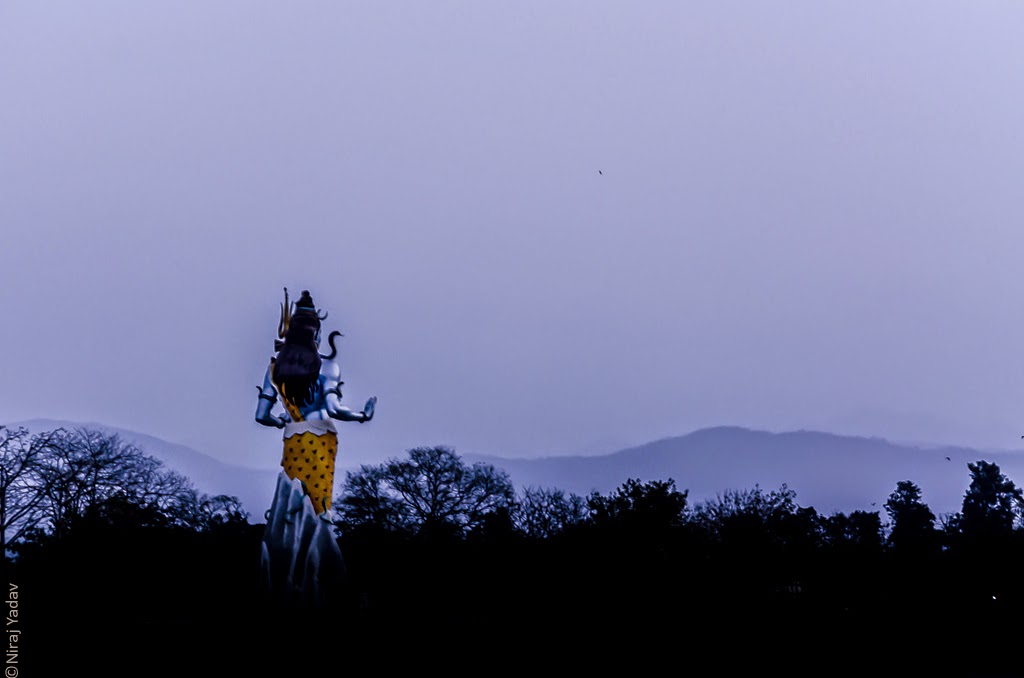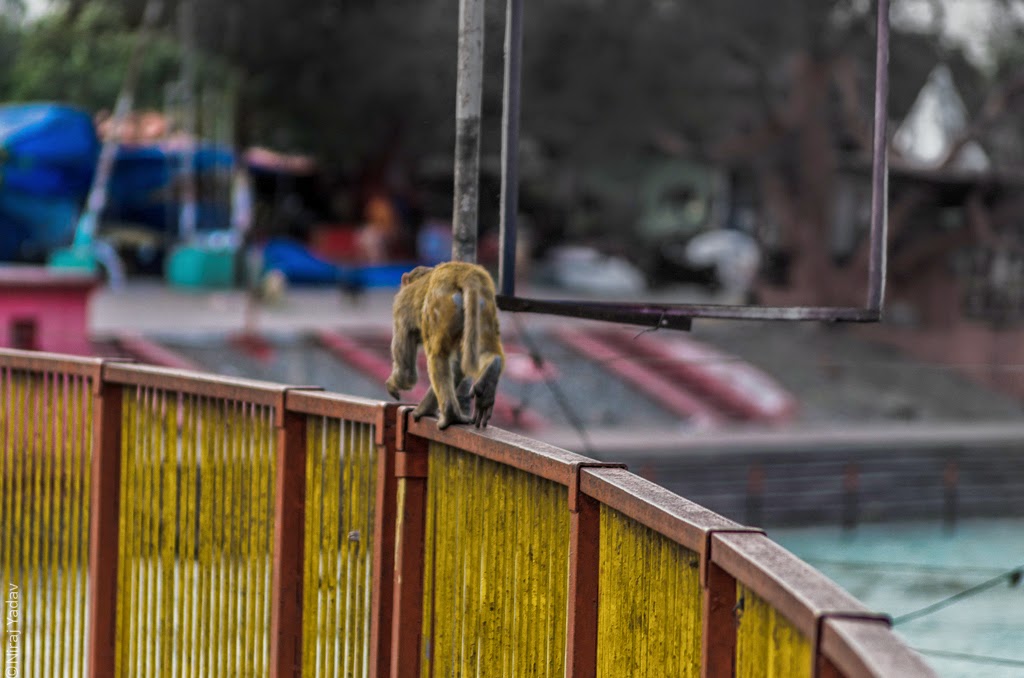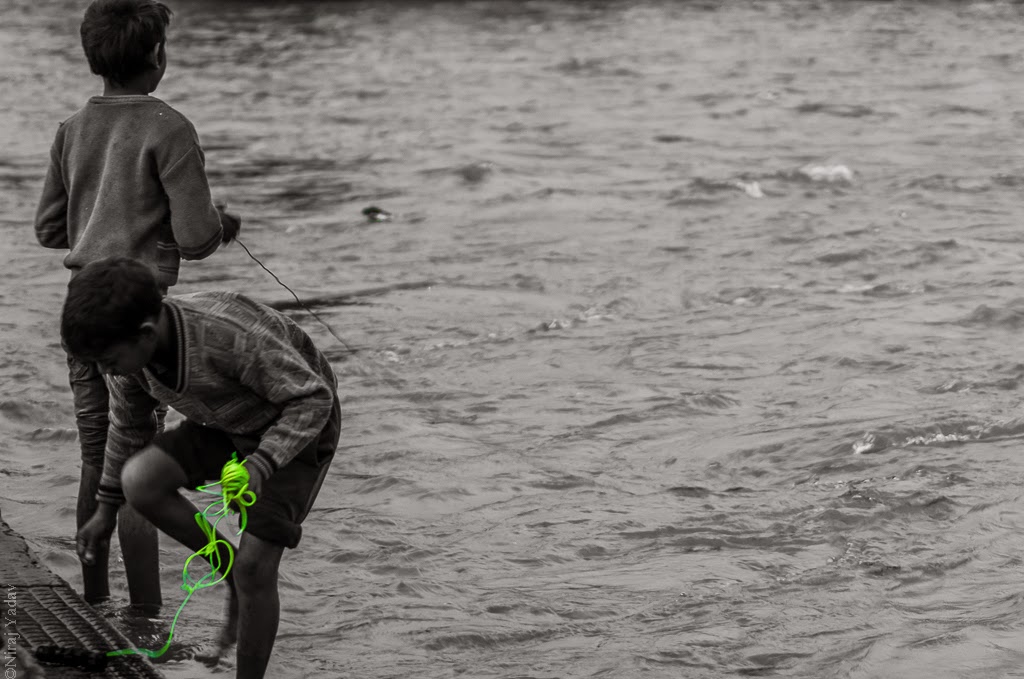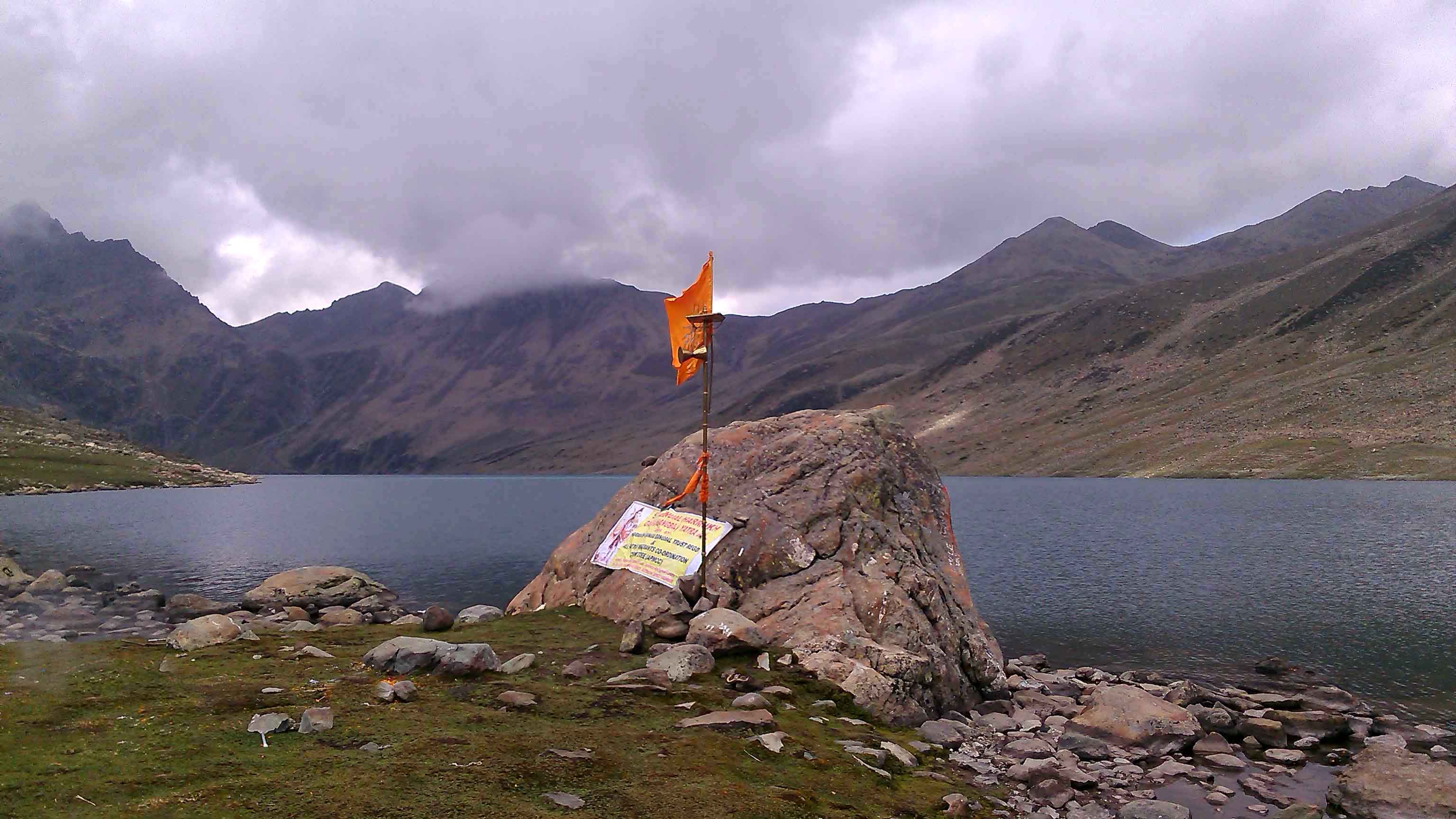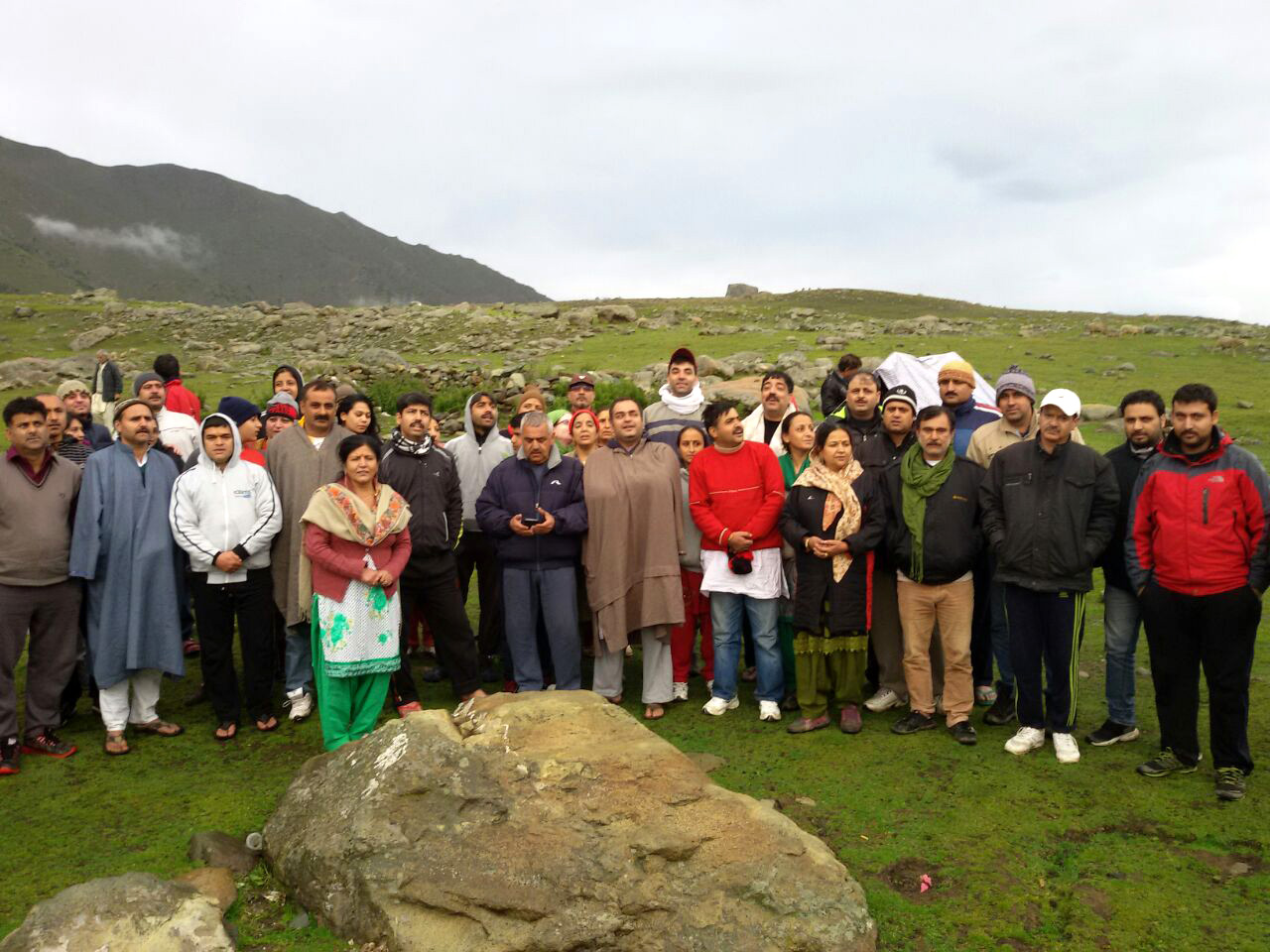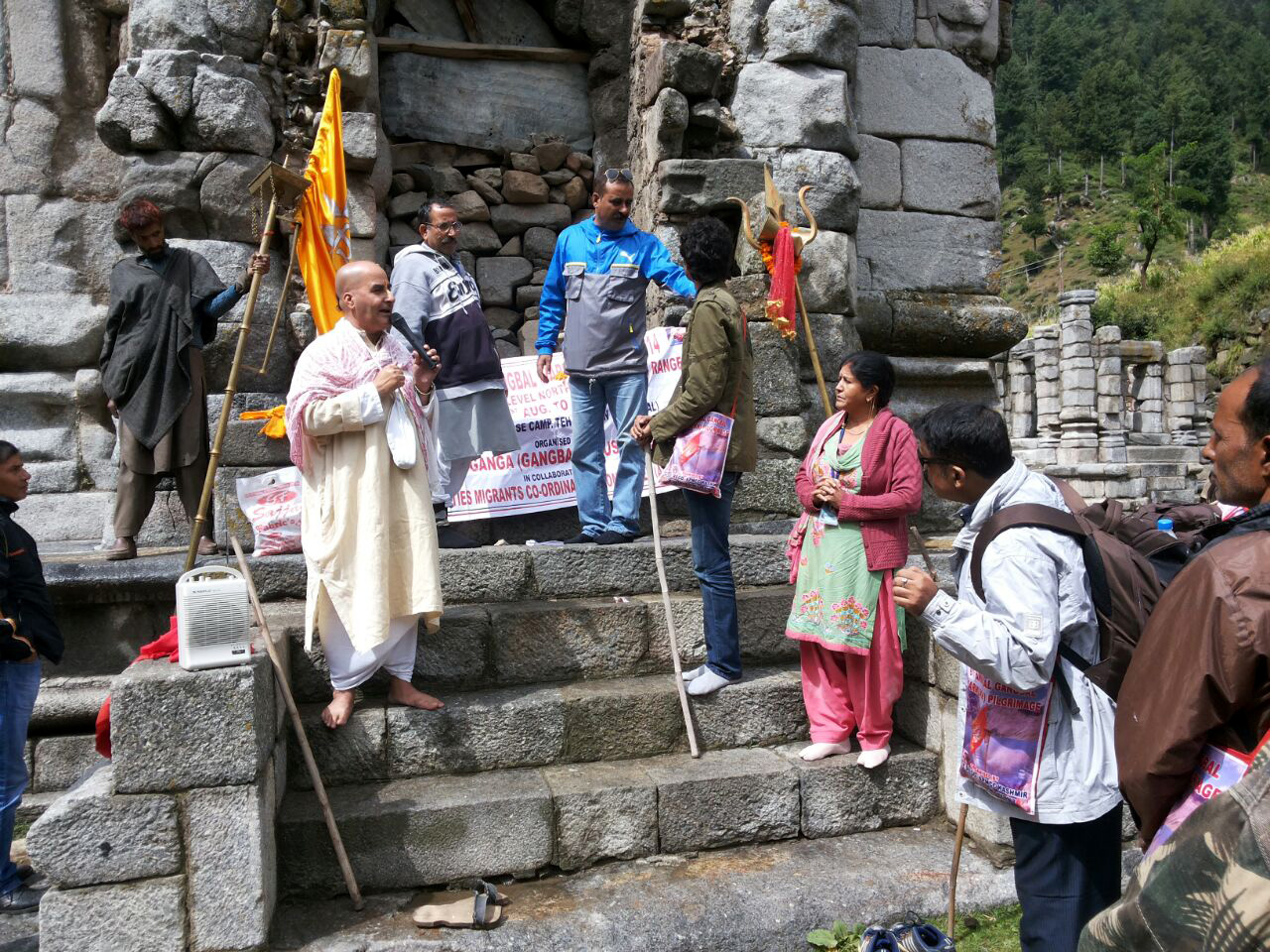Ketheeswaram temple (Tamil: திருக்கேதீஸ்வரம் Tirukkētīsvaram) is an ancient Hindu temple in Mannar, Northern Province Sri Lanka.[2] Overlooking the ancient Tamil port towns of Manthai and Kudiramalai,
the temple has lain in ruins, been restored, renovated and enlarged by
various royals and devotees throughout its history. Tirukkētīsvaram is
one of the Pancha Ishwarams dedicated to the Hindu deity Shiva and is venerated by Shaivas throughout the continent.[2] Throughout its history, the temple has been administered and frequented by Sri Lankan Hindu Tamils. Its famous tank, the Palavi tank, is of ancient antiquity and was restored from the ruins. Tirukkētīsvaram is one of the 275 Paadal Petra Sthalams of Shiva glorified in the poems of the Tevaram.
Literary and inscriptional evidence of the post classical period (300BC-1500AD) attests to the upkeep of the temple during the ancient period by kings of the Pallava, Pandyan Dynasty and Chola dynasties who contributed to its development up to the late 16th century. In 1575, Tirukkētīsvaram was largely destroyed by Portuguese colonials, with Pujas terminating at the shrine in 1589. Following an appeal by Arumuka Navalar in 1872, the temple was rebuilt at its original site in 190
Ptolemy's map of
Taprobana of 140 CE in a 1562 Ruscelli publication. From the Shiva footprint of
Ulipada of
Malea mountains (
Sivan Oli Pada Malai) rises three rivers, including the Kavary-Kankai (
Phalis)
which flows into the place of Shiva called Thiruketheecharam at
Manthottam in Mannar (positioned north here) where the temple is
illustrated.
Hondius after
Gerardus Mercator map of 1555, showing Mannar and its temples as situated on the western coast of the Tamil country.
The exact date of the Ketheeswaram temple's birth is not universally
agreed upon. According to Dr. Paul E. Peiris, an erudite scholar and
historian, Thirukketisvaram was one of the five recognized Eeswarams of Siva in Lanka very long before the arrival of Vijaya in 600 B.C.[1] The shrine is known to have existed for at least 2400 years,[1] with inspirational and literary evidence of the postclassical era ( 600BC – 1500AD) attesting to the shrine's classical antiquity. The buried ancient Tamil trading port of Manthottam (Mantotai/Manthai) in the Mannar District
— where Ketheeswaram is located — has provided historians extant
remains of the culture of the area during the ancient period. This
includes the vestiges of its ancient temple tank (the Palavi tank), and
the ruins of a former Hindu city built of brick, described by J.W.
Bennet in 1843.[3][4]
During the ancient period, Mathoddam was a centre of international
trade, with Greeks, Romans, Phoenicians, Arabs, Ethiopians, Persians,
Chinese, Japanese, Burmese and others vying with each other to
monopolise the trade of North Ceylon with Tamil traders.[5]
Mathoddam is currently viewed as the only port on the island that could
be called a "buried city," with much of the ancient ruins under sand
today. The existence of the Thiru-Ketheeswaram temple attests to the
antiquity of the port. Mathoddam finds mention as "one of the greatest
ports" on the seaboard between the island and Tamilakkam in the Tamil Sangam literature of the classical period (600 BCE – 300 CE).[6] Hugh Nevill
wrote in 1887 of the illustrious city of Mathoddam "A renowned shrine
grew into repute there dedicated to one Supreme God symbolized by a
single stone, and in later times restored by a Saivaite after lying long
in ruins. The temple was dedicated as 'Tiru-Kethes-Waram.'"[7]
One of the five ancient Iswarams of Lord Shiva on the island, Ketheeswaram joins Koneswaram (Trincomalee), Naguleswaram (Keerimalai), Tenavaram (Tevan Thurai) and Munneswaram (Puttalam)
as a renowned and highly frequented pilgrimage site from before 600
BCE. In the 6th–9th century CE, the temple was glorified in the Tevaram canon, becoming one of 275 Paadal Petra Sthalams, the holiest Shiva temples on the continent.[8] The only other Paadal Petra Sthalam from Eela Nādu (the country of the temple as named in the Tamil literature) is Koneswaram.[9][10]
Chronology
Thirukeetheeswaram, The great sivan kovil of northern province of Sri Lanka
- Built by Karaiyar
Thiruketheeswaram's initial installment is credited to the indigenous people of the Manthai port, the Karaiyar Naga tribe.[11][12]
The Karaiyar claimed to be related to several classical period public
figures hailing from the international port town, including the creator
of the oldest extant Tamil literature by an Eelam Tamilian, the Sangam
poet Eelattu Poothanthevanar.
- 6th–7th century hymn
Ketisvaram temple and the waters of the Palavi tank by its side are heralded in the Saiva work Tevaram in the 6th century CE by Sambandar.[13] Along with Koneswaram temple on Swami Rock, Trincomalee, Ketisvaram temple and its deity are praised in the same literature canon by the 8th century CE Nayanmar, Sundarar, in the Sangam period. Tirukketisvaram henceforth is glorified as one of 275 Shiva Sthalams of the continent, part of the Paadal Petra Sthalam group. The only other sthalam from Eelam is Koneswaram.[14] There is epigraphic evidence of maintenance of the temple by the Pallava and Pandyan dynasties.
- 10th century
Several Chola inscriptions from its medieval floruit refer to Ketisvaram and two Sinhala inscriptions of the 10th century refer to the prohibition on slaughtering cows at the town.
- 12th century
Dathavamsa, (12th century) speaks of a Hindu temple at Mantotai in the reign of King Meghavannan (301–328).
- 16th century destruction by the Portuguese
After 1505 A.C.E along with countless Buddhist and Hindu temples around the island, it was destroyed by Portuguese Catholic
colonialists. The historian Do Couto recounts that the attackers
encountered no resistance from pilgrims or priests while the temple was
destroyed.[15] In 1589 C.E. the temple stones were used by them to build the Mannar Fort, a Catholic church and the Hammershield Fort at Kayts.
- 19th/20th-century reconstruction
The original site of the Temple was traced in 1894. The Shiva lingam
of the old shrine together with several other finds were also unearthed
in 1894. After a gap of almost 400 years in 1910s local Tamils, under
the urging of Hindu reformer Arumuka Navalar,
came together and built the present temple. With the restoration of
the ancient and holy Palavi Teertham or pond in 1949, a major effort was
made to improve the temple environs. It was in October 1948 that an
intensive agitation resulted in the formation of the Thiruketheeswaram
Temple Restoration Society, which renovated the temple and performed
Kumbhabishekam in August 1952. The Thiruketheeswaram Temple Restoration
Society did further renovation of the temple and another Kumbhabhishekam
was held on 4 July 1976.
As part of the civil war that has plagued the country since the Black July pogrom of 1983 currently the temple is occupied by the Sri Lankan Army.
While granite work preparations were in progress the army took over the
Temple and its environs in August 1990 and continued to occupy the site
for several years. Although they have left the Temple premises their
occupation of its environs is a cause of concern to the Restoration
Society which has been urging the Government to remove the Armed Forces
completely from the environs of the Temple and declare the site a sacred
area.
Legends
Mythical stories related to the Indian epic
Ramayana recount that Mandothari, the wife of King
Ravana
was from Manthai and that Mayan, the father of Mandothari and the King
of Manthai built the ancient Temple of Thiruketheeswaram to worship
Shiva. According to one Hindu legend,
Maharishi Bhrigu worshipped Shiva at this shrine. Another tradition holds that the Hindu planetary god
Ketu worshipped Shiva at the shrine, thus creating the shrine's name "Ketheeswaram". Another legend is found in the
Skanda Purana, an ancient work in
Sanskrit,
the antiquity of which is unknown. It consists of 2500 verses grouped
into 27 Chapters and had been handed down in accordance with the
traditional custom as oral discourses by the Guru to his disciples in
this case by Sootha Munivar to the Naimisaraniya Munivars. Three
Chapters of the
Skanda Purana which have been given the title
Dhakshana Kailasa Manmiam deal with historical events in ancient Ceylon. The first chapter narrates about the
Puranas
in general and the splendour that was of ancient Ceylon; the second
chapter relates about the celebrated places of religious importance in
Ceylon and the story of "Thiruketheeswaram". In this chapter is narrated
the incident of how, at one time long ago, the God of Wind (
Vayu) uprooted the three towers of the great mountain
Maha Meru
in order to keep off Athichedan — who fought against him, obstructing
the great mountain with thousands of adorned summits resembling
serpents’ heads — and deposited one of these towers at
Thiruketheeswaram. The Lord established Himself there, at
Thiruketheeswaram. According to the Manmiam, Thiruketheeswaram along
with Koneswaram are two of the nine most sacred sthalams of the Hindus.
The other seven are in India.








 Followed by local sightseeing in Rishikesh and attend Ganga aarti in Haridwar.
Followed by local sightseeing in Rishikesh and attend Ganga aarti in Haridwar.
